NASA has published a series of high-resolution photos taken during the Moon flyby by the Orion spacecraft. They will allow you to imagine what kind of view was opened from the crew capsule.
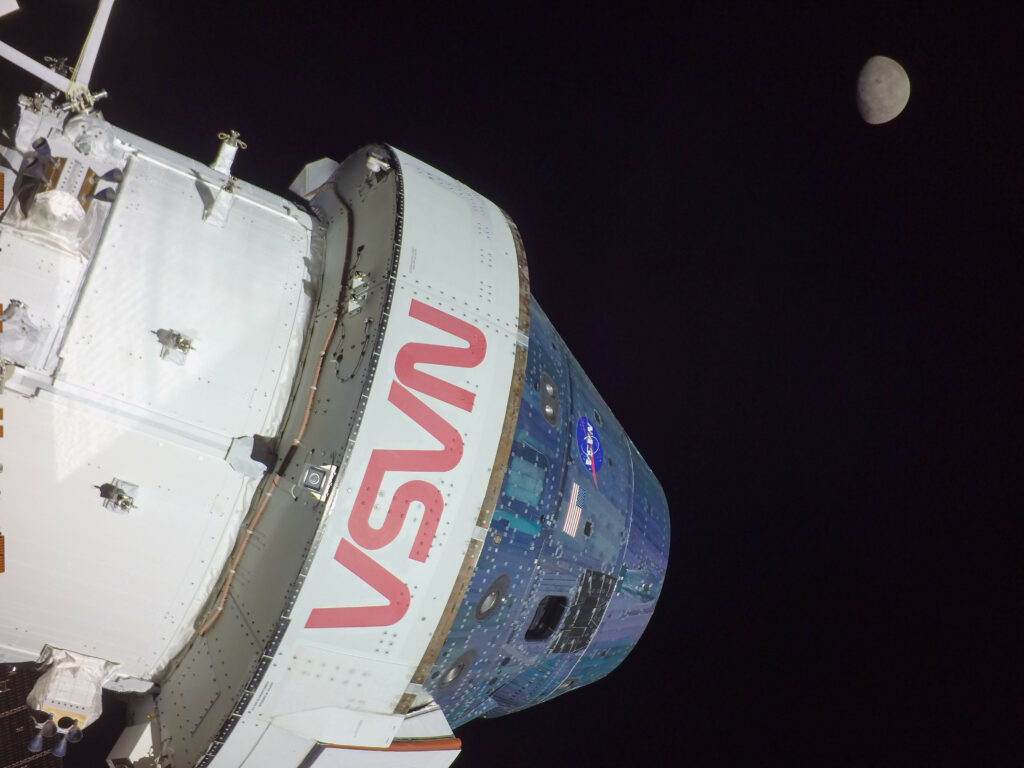
Orion flew around the Moon on November 21. This event was broadcast live on the Internet. The broadcast was made from several cameras mounted on the Orion body and solar panels. In addition to shooting videos, they also took a number of high-resolution photos, allowing you to imagine what the astronauts on board the spacecraft would see.
Far side of the Moon
A number of published images show Orion against the background of the far side of the Moon. It is easy to notice that it is noticeably different from the visible one. There are very few seas on the far side of the Moon. Its most notable “attraction” that appeared on the Orion images is called the Eastern Sea. This is a 930-kilometer impact formation partially filled with frozen basalt lava.
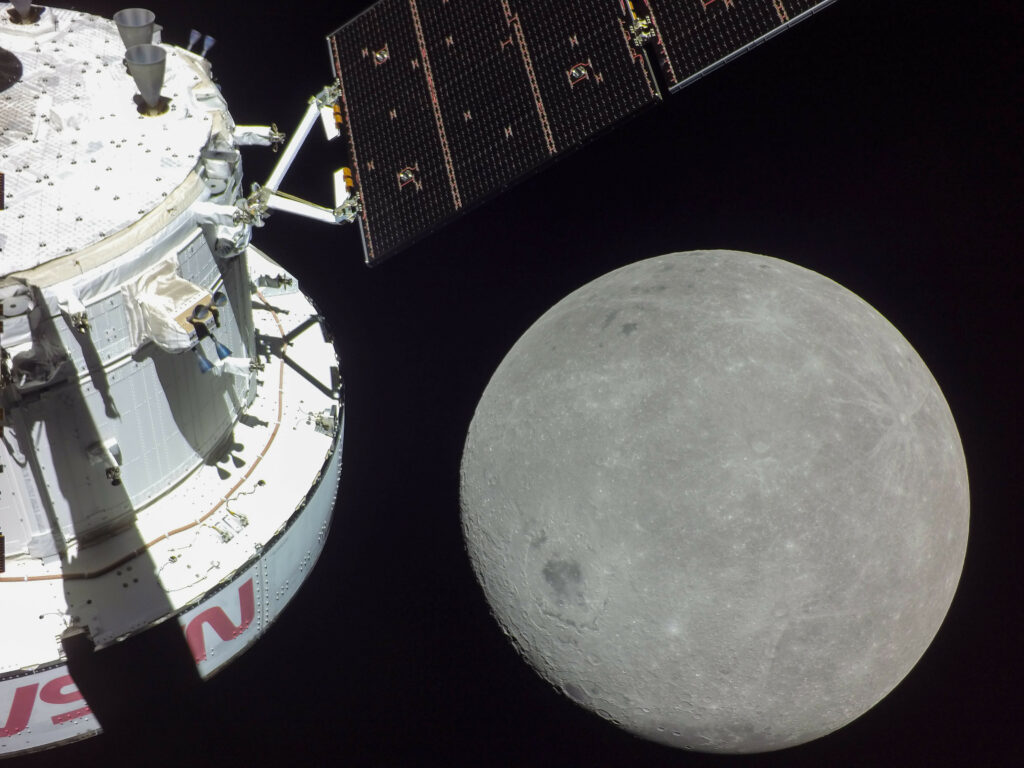
Another feature of the far side is that it is much more cratered. The nine largest moon impact formations are located in this part of the Moon. At the same time, the data collected by the spacecraft indicate that the thickness of the crust on the far side of the Moon is on average 10 km greater than on the visible side.
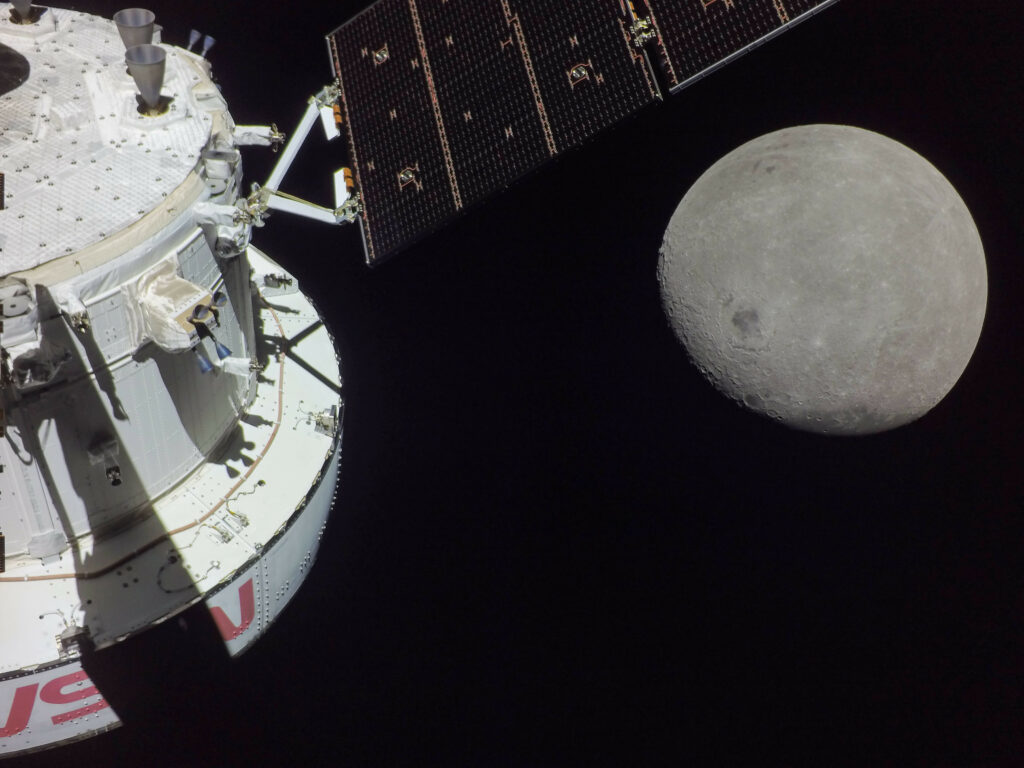
The reason for so many notable ones is the subject of scientific debate. According to one version, after the collision of the Earth with the protoplanet Theia, our planet initially acquired not one, but two moons. Subsequently, they merged together, which explains the difference between the hemispheres. According to another version, the reason for the lunar asymmetry is related to the heat that descended from our planet at the dawn of the Solar System. The side of the Moon facing the Earth was subjected to severe heating and remained in a molten state for longer.
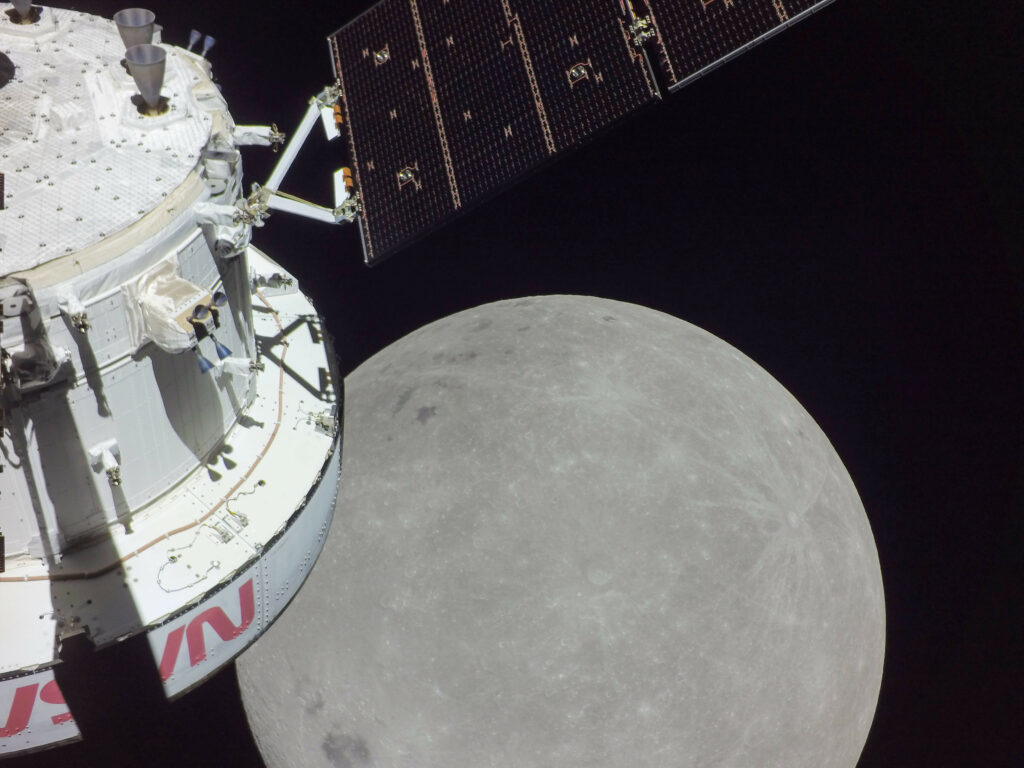
The third hypothesis suggests that it’s all about the consequences of a large object falling on the visible side of the Moon. Such a collision led to the release of a huge amount of material that settled on the far side of the Moon, forming an additional layer of rocks.
Earth and Orion
In addition to the reverse side of the Moon, NASA has also published images depicting our planet.
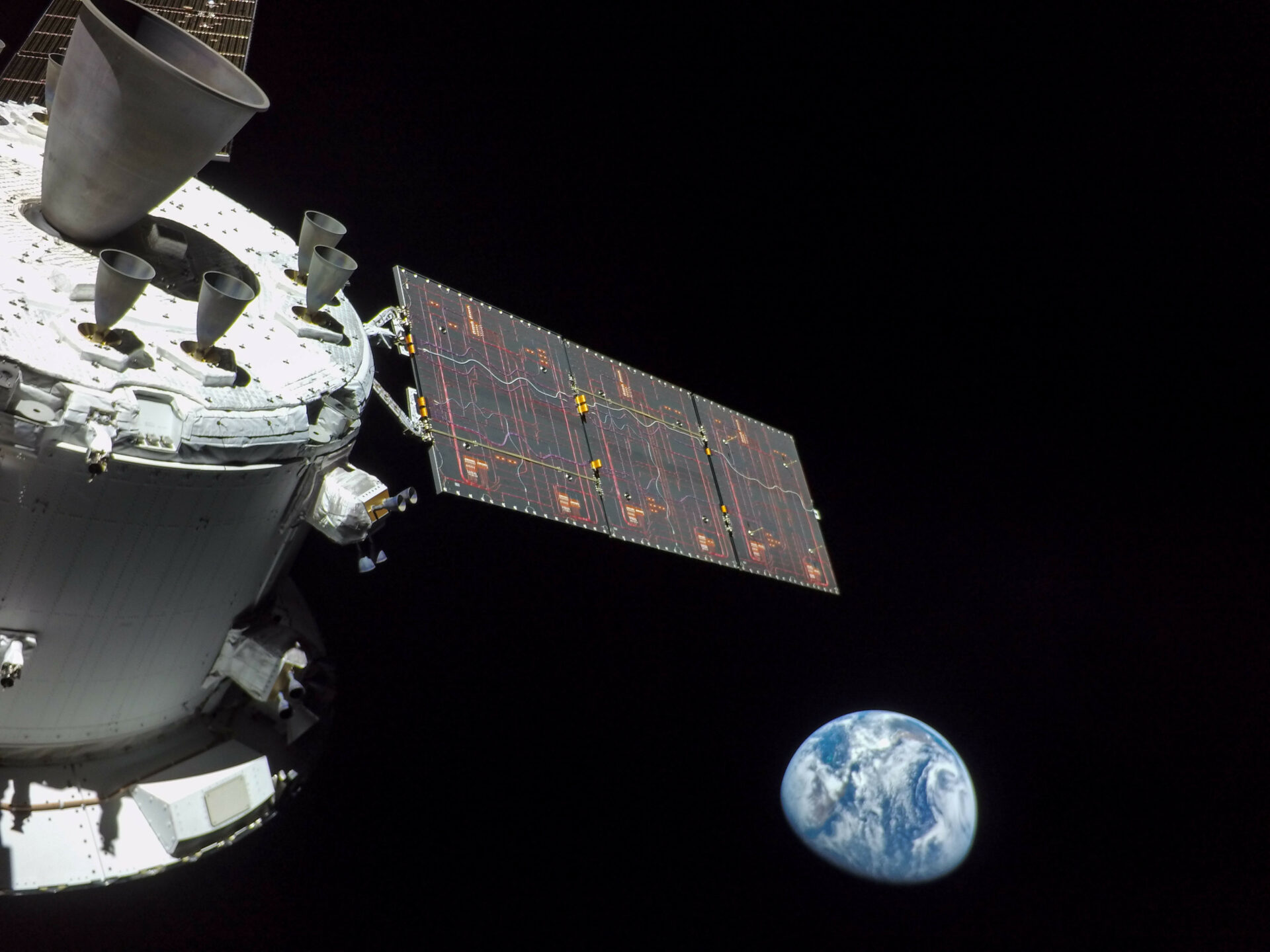
Inside the Orion Crew Capsule
Another image shows the interior of the Orion crew capsule and the Moonikin Campos in the commander’s chair. It is equipped with sensors that collect information about overloads and radiation that astronauts would be exposed to during the flight.
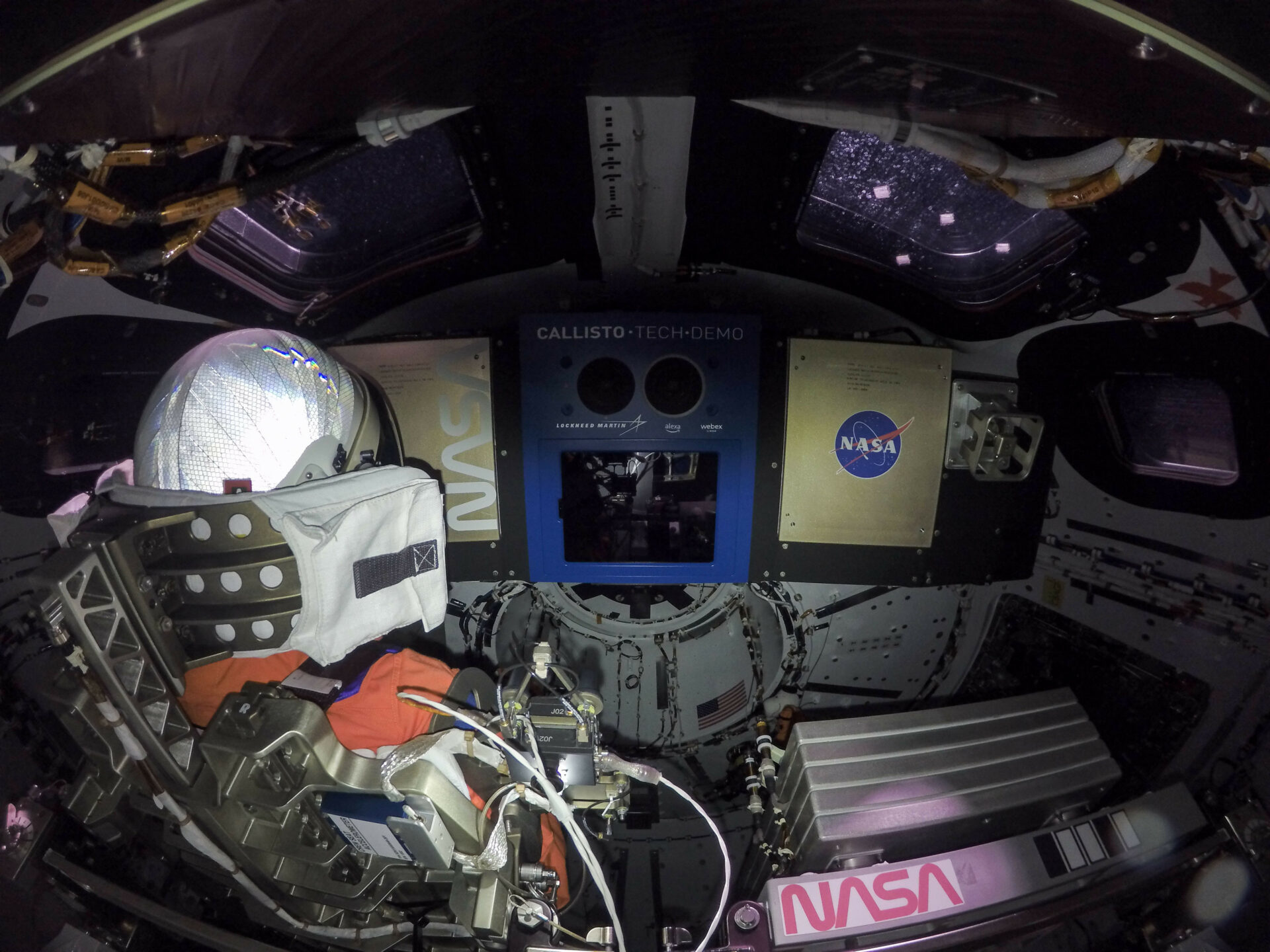
Recall that together with Orion, an entire flotilla consisting of ten experimental cubesats headed for the Moon. Unfortunately, some of them have not been able to get in touch yet.
Follow us on Twitter to get the most interesting space news in time
https://twitter.com/ust_magazine
